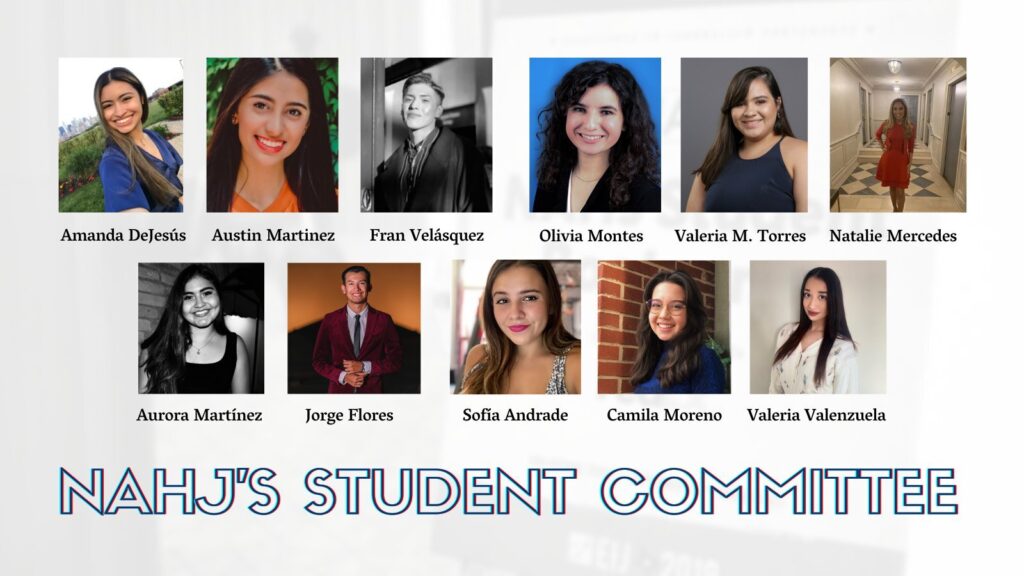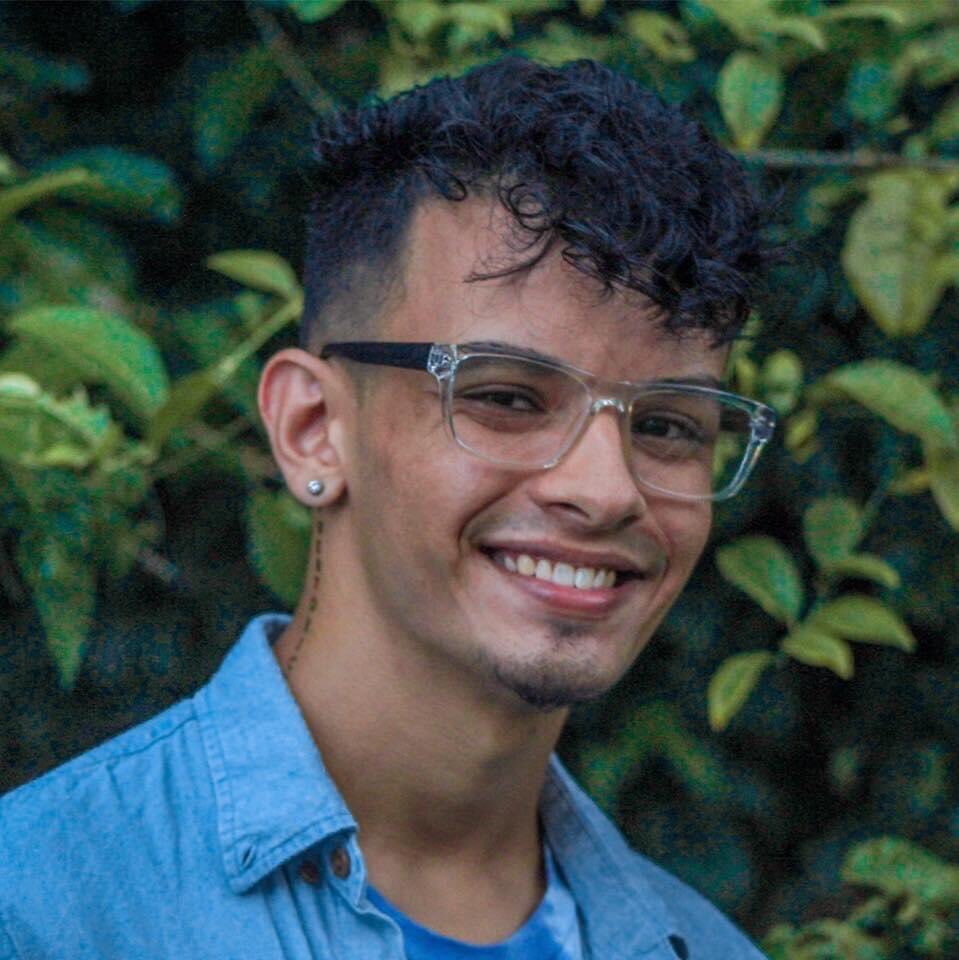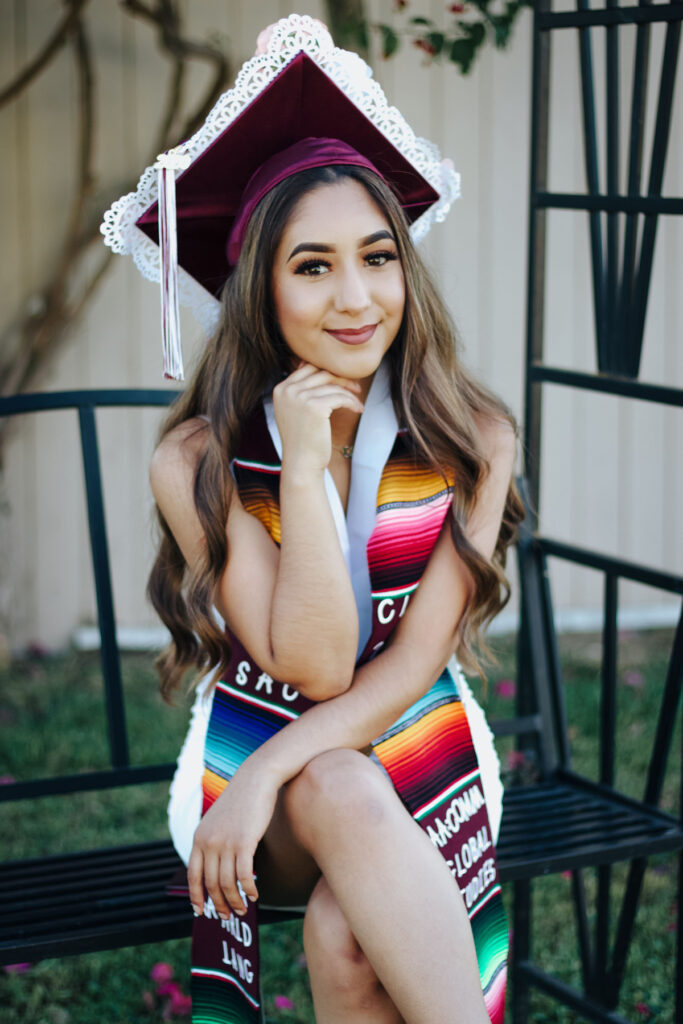Student journalists demand greater engagement from NAHJ, report finds

Student journalists have joined together to push the National Association of Hispanic Journalists to be more inclusive of its youngest members, issuing recommendations to the national board in a report that was released on July 7.
Luis Joel Méndez González, who has represented student members on NAHJ’s national board for the past year, led a group of 12 college students from the U.S. and Puerto Rico to evaluate NAHJ practices and determine ways they could be improved to increase engagement and bridge the generational divide among most of the organization’s leaders and student journalists.
Student members make up nearly a quarter of NAHJ members, according to data provided by NAHJ the day after the close of the 2021 conference, and there are 29 active student chapters throughout the U.S. and the Caribbean. Yet, student members have the least amount of power in the organization as they do not have full voting rights and are often reliant on NAHJ scholarships, grants and programs, such as the NAHJ Student Project, which assembles the Latino Reporter each year.
The report, which was brought up during a session at the 2021 NAHJ national conference dubbed “Cafecito with the Board,” found that many student chapters have formulated ways to communicate amongst themselves to share opportunities and announcements by relying on social media — largely Instagram, Twitter and Facebook, according to the report — to reach their members.

The report found that by making “more audiovisual media content and taking advantage of the tools” social media sites offer, student representatives and chapter presidents have managed to increase engagement among student journalists.
Student committee members wrote the report to address older, professional members of the organization and to encourage NAHJ leaders to use social media platforms as a way to communicate more directly with members and chapters. Using features such as direct messaging and other devices to field questions and engage with members could help keep the organization’s Millennial and Gen Z members better informed, the student committee said.
Méndez González said he believed it would be better to brainstorm solutions with a committee of his peers, comprised of student journalists of different races, nationalities and backgrounds, rather than come up with ideas on his own. This way, he said, the recommendations would more fully represent the range of student experiences in and with NAHJ.
“I really felt it was necessary to try to create a committee so we could integrate different voices in order to understand the struggle of student members and work on solutions, more than just pointing out ‘this is bad, this is wrong,'” he said in an interview with the Latino Reporter.
Berenize Montoya, a senior at California State University, Long Beach who studies Spanish broadcast journalism, also serves as vice president of the school’s NAHJ student chapter. Montoya is in charge of working with her chapter president to organize meetings, look for guest speakers, communicate with other student leaders and more.

Montoya said feeling excluded from the national board’s decisions and the organization’s programming is one of the biggest challenges in keeping engagement and interest up among her members.
“I don’t think we ever had a board member come and talk to us,” Montoya said. “If we had at least one meeting with the board of directors or a space where all the leaders of the student chapters can voice their opinion, it would be very helpful.”
Montoya added that if the student committee does not receive a response to its demands from the national board by the start or middle of the next semester, she would not be deterred, but instead motivated to continue to push for change. She added that, “we are paying a membership fee and we need to build a bridge between the NAHJ board members and the student chapters.”
This isn’t the first time that student members have advocated for greater inclusion in the organization. During an NAHJ town hall in August 2020, Méndez González proposed an amendment to NAHJ rules to allow student members to vote for the entire board, including the national president, vice presidents and others.
Student members have historically been unable to vote for the full board. Instead, student journalists in the organization can only cast a ballot for student representative.
According to voting records obtained by The Latino Reporter, 70% of voters supported the resolution that would have fully enfranchised student members. But the resolution ultimately failed because not enough NAHJ members cast ballots. To change the organization’s bylaws, officials said, two-thirds of the membership must vote in favor.
“You can see that members voted overwhelmingly in favor of those changes,” Méndez González said.
A survey conducted by NAHJ’s bylaws committee in July 2020 that asked members what such a committee should prioritize received 173 responses, bylaws committee members said. Of the most popular topics, allowing student members to vote ranked among the top four.
“If we are not able to vote for the board members then how are we supposed to feel that we are a part of this organization if our voice isn’t being heard?” added Montoya. “I don’t understand why we aren’t allowed to vote for the board members that are representing us, and again we are paying for that fee.”
Student members pay a reduced rate for being a part of NAHJ — $25 per year as opposed to the full member rate of $35 annually.
Arelis Hernández, NAHJ’s vice president for print, announced during the “Cafecito with the Board” session that she had suspended work from the bylaws committee due to her involvement in the search for a new executive director to lead the organization following the departure of Alberto Mendoza earlier this year. Hernández acknowledged, however, that there is still work left to be done and will most likely restart the committee in the fall after the new student representative and regional directors who are being elected this week take their seats.
She added that allowing students to vote for the full board is an unresolved issue that many members would like to see come to fruition. Hernández was among the professional journalists who supported the student voting resolution.
“Students are already journalists, some of them are working journalism jobs while they are in school, but in every other shape, way or form, and we thought it was only fair for students to have a vote for the board of directors,” she said.
Some members expressed concerns over this potential change, she added, saying that if students could vote like professional members then they should be charged the full membership fee. Other said they would not support the resolution because student members were not originally allowed to vote for the full board when NAHJ was founded and its bylaws were first written.
Hernández said student members who wish to see a change in the organization should continue to petition the board through their student representative and get more involved by volunteering for committees, emailing prominent board members and engaging with them via other platforms.
“If you are ambitious as a chapter leader and there are things that you want to do, reach out to us,” she said.
Editor’s note: This story has been updated to reflect the most recent NAHJ membership data, which were provided to The Latino Reporter after publication. Student journalists make up about 24 percent of the organization as of July 17, 2021.
Denisse Quintanilla is a senior at Monmouth University, where she studies Spanish and communications with a concentration in media studies and production. She is an intern at CNBC En Español and is pursuing a career in broadcast journalism. Reach her at denissequintanilla9 [at] gmail [dot] com and on Twitter @denisseqtv.